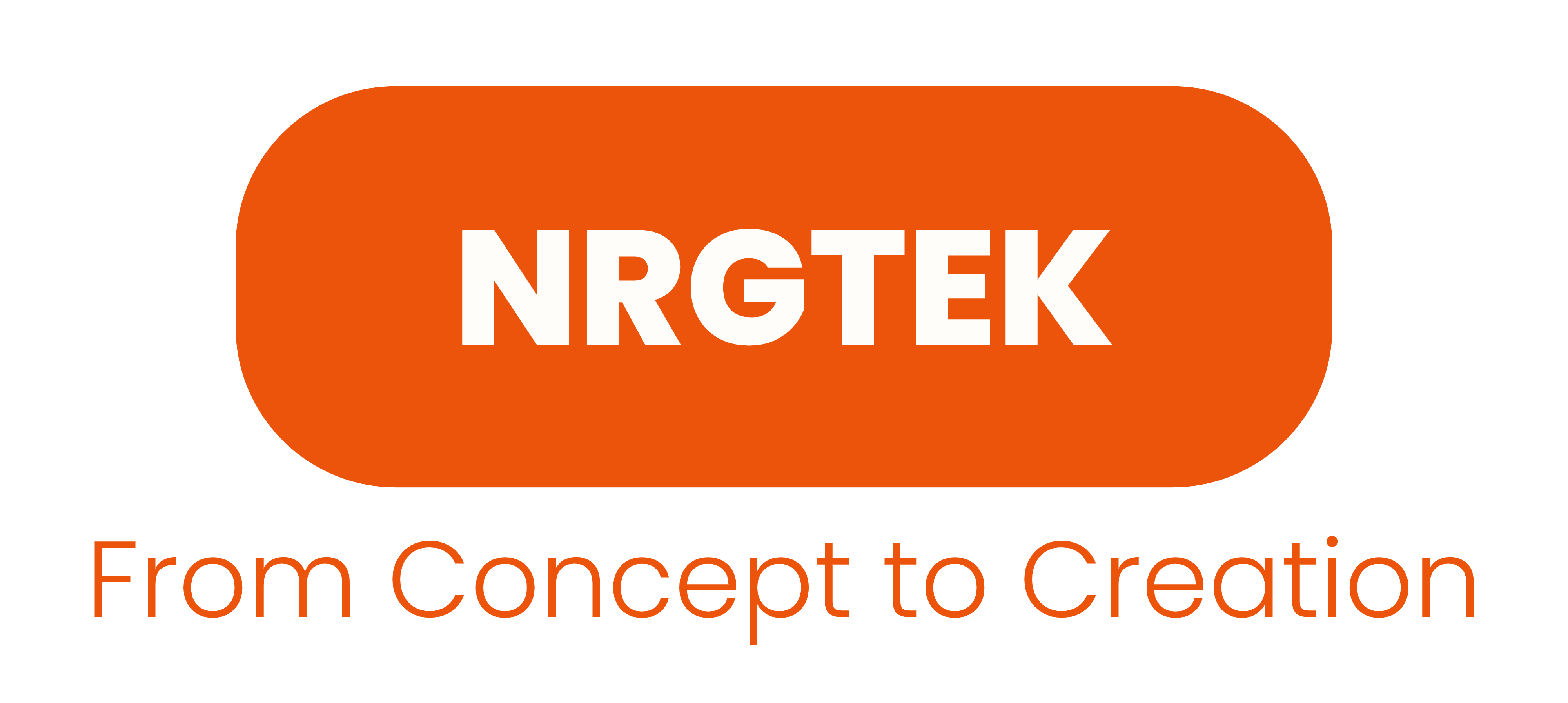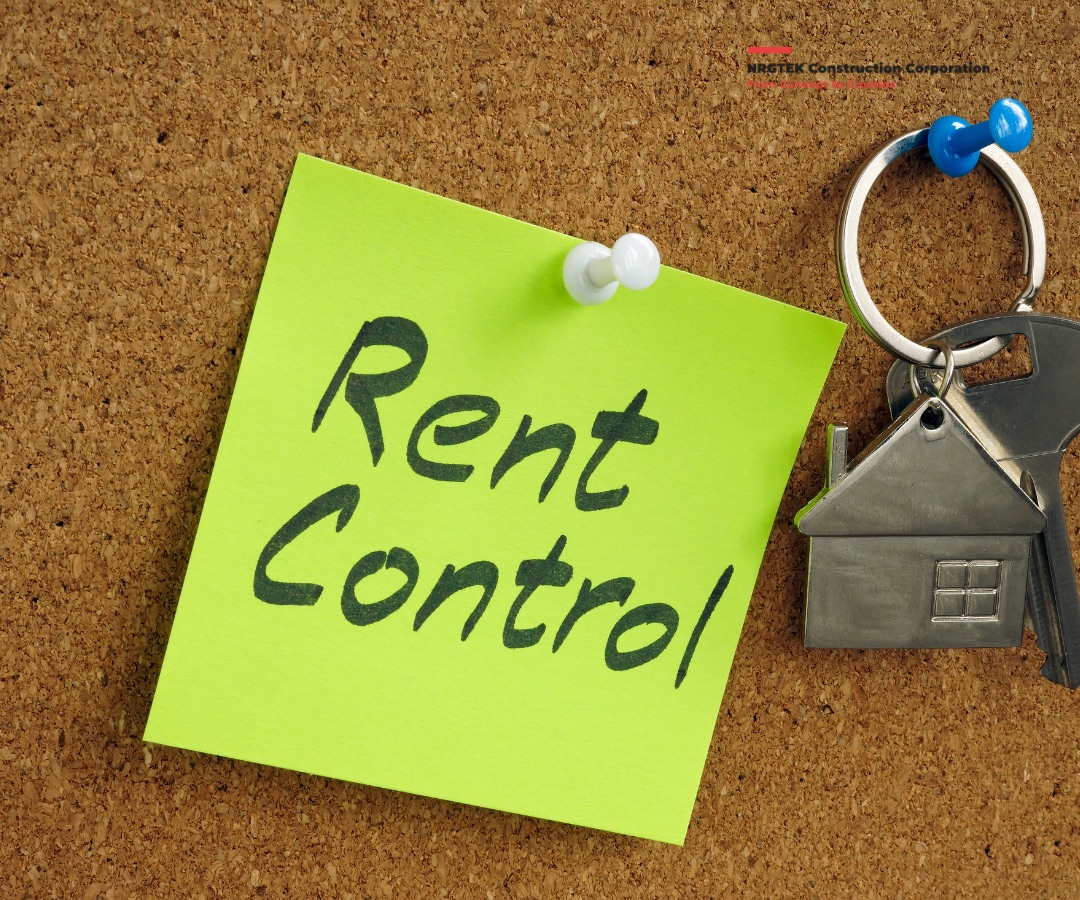
British Columbia (BC) is grappling with a severe housing affordability crisis. One potential solution that has garnered attention is building homes on leasehold land owned by the Crown. This strategy could provide a viable path to more affordable housing in the region. Here’s a closer look at how this approach could work and its potential benefits.
Understanding Leasehold Land
Land that has buildings on it owned by people or organizations who lease the land but the land itself owned by one entity, usually the government (in this case, the Crown), is referred to as leasehold land. Although they can vary greatly, lease terms usually last between 20 and 99 years.
How Leasehold Land Can Make Housing More Affordable
Lower Initial Costs: Since leasehold properties are not purchased outright like freehold properties, they typically require a lower initial investment. For families with middle-class and lower-class incomes, this may make homeownership more accessible.
Reduced Land Costs: Land costs play a big role in the total cost of housing in high-demand areas like Vancouver. The government can lower these expenses by leasing the land rather than selling it, which will make the construction of affordable housing more viable.
Government Control and Stability: By leasing land, the government can continue to oversee its use and guarantee that it advances public policy objectives like affordability, sustainability, and community development. Long-term leases give homeowners security and let the government review and modify the terms on a regular basis to suit changing requirements.
Encouraging Diverse Housing Options: A variety of housing types, such as cooperatives, affordable rental units, and mixed-income developments, can be supported by leasehold agreements. This adaptability can promote inclusive, diverse communities.
Financing and Incentives: Governments can provide developers who commit to creating affordable housing with advantageous lease terms and financial incentives, like lower lease rates or subsidies. In places where it might not be financially feasible otherwise, this can encourage development.
Potential Challenges and Considerations
Lease Term Concerns: The lease term is one of the main issues with leasehold property. Because of the uncertainty surrounding the terms of renewal and future costs, buyers might be leery of properties with shorter lease durations. To allay these worries, lease renewal terms must be fair and predictable.
Market Perception: Leasehold properties are frequently stigmatized, which can affect both market demand and property values. Perceptions can be changed with the aid of clear communication and public education regarding the advantages and stability of leasehold agreements.
Financing Hurdles: Leasing properties can make it more difficult to obtain a mortgage than freehold properties. Because they see risks, lenders might demand more guarantees or charge higher interest rates. This problem can be addressed through partnerships with financial institutions or government-backed financing options.
Regulatory and Administrative Oversight: Leasehold agreements must be managed and overseen well in order to guarantee that affordability objectives are met. Strong legislative frameworks and administrative capabilities are needed for this in order to track compliance and handle problems as they appear.
Impact on Property Values: Long-term wealth accumulation for homeowners may be impacted by leasehold properties’ potential slower rate of appreciation compared to freehold properties. To manage expectations, there must be clear communication about the advantages and restrictions of leasehold ownership.
Successful Examples and Models
Several successful models of leasehold land have been implemented in other regions, providing valuable insights:

Vancouver’s False Creek South: This area, developed on leasehold land, offers a mix of housing types and has become a thriving community, demonstrating the potential for well-planned leasehold developments to create vibrant, affordable neighborhoods.

University Endowment Lands: The University of British Columbia leases land for residential development, providing housing options for students, faculty, and staff, often at more affordable rates than surrounding freehold areas.
International Models: Cities like London and Singapore have extensive experience with leasehold arrangements, using them to manage land resources effectively and provide affordable housing options.
Conclusion
Constructing residences on Crown-owned leasehold land offers a promising solution to BC’s housing affordability problem. Leasehold arrangements can facilitate homeownership by lowering land costs, preserving government control over land use, and offering a variety of flexible housing options. However, thorough planning, efficient management, and open communication are necessary to achieve these advantages. It is possible to guarantee that leasehold land contributes to a more inclusive and reasonably priced housing market in British Columbia by addressing potential obstacles and taking lessons from effective models.










